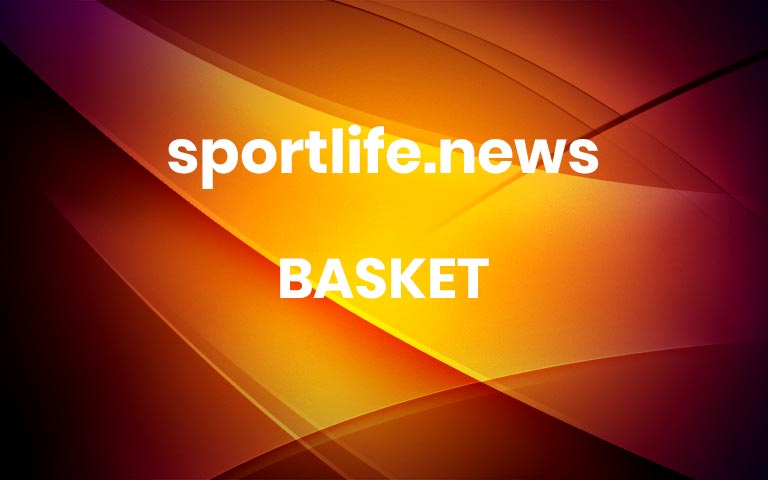Kyrie Irving Decides to Opt Into a Fourth Season With the Nets
Irving was eligible for a maximum contract extension, but he and the Nets did not reach an agreement on one. Once he officially opts in, they will have until the end of June 2023 to negotiate an extension.The latest episode of Kyrie Irving’s tenure with the Nets has reached a conclusion for the moment.Irving has decided to opt into the final year of his four-year contract with the Nets before Wednesday’s deadline, his stepmother and agent, Shetellia Riley Irving, told The New York Times.Irving will earn $36.5 million next season.“Normal people keep the world going, but those who dare to be different lead us into tomorrow,” Kyrie Irving said in a statement to The Athletic, which first reported Irving’s decision. “I’ve made my decision to opt in. See you in the fall.”Once Irving officially opts into his contract for the 2022-23 season, the two sides will have until the end of June 2023 to negotiate an extension that can be worth near the maximum salary for a veteran player. The Nets will also be able to trade Irving once he formally opts in.When the season ended, Irving affirmed his commitment to the Nets and to Kevin Durant. Given the chance to do so, General Manager Sean Marks did not reciprocate.“I think we know what we’re looking for,” Marks said. “We’ve looking for guys that want to come in here and be part of something bigger than themselves, play selfless, play team basketball, and be available. That goes not only for Kyrie but for everybody here.”Irving was eligible for a maximum contract extension this season, but he and the Nets did not reach an agreement on one.Irving returns to join Durant, the 12-time All-Star and winner of the league’s Most Valuable Player Award in 2014.“When I say I’m here with Kev, I think that really entails us managing this franchise together alongside Joe and Sean,” Irving said, referring to the team’s owner, Joe Tsai, after the Nets had been swept by the Boston Celtics in April in the first round of the playoffs.Irving and Durant arrived in Brooklyn in the summer of 2019, shunning the Knicks, who had created the salary-cap space to sign superstars that summer, too. The promise their union offered would be delayed: Durant was still recovering from an Achilles’ tendon injury he had sustained during the 2019 N.B.A. finals and would miss all of the 2019-20 season.The Nets were willing to wait. Both players had signed four-year deals; they would have plenty of time together.Irving returned to join Kevin Durant, a 12-time All-Star.Brad Penner/USA Today Sports, via ReutersThat season was interrupted by the pandemic, and Irving played in only 20 games, in part because of an injury to his right shoulder. The Nets went to the league’s so-called bubble at Walt Disney World without either player and lost in the first round of the playoffs.Durant returned for the 2020-21 season, healed and just as dangerous to opponents as ever. The Nets traded for James Harden in January 2021, creating what many thought would be an unstoppable superteam.They finished second in the East and nearly made it to the conference finals, losing in seven games to the Milwaukee Bucks in the second round.Then, once again, the pandemic complicated things.Heading into the 2021-22 season, Irving chose not to get vaccinated against the coronavirus, despite a New York City ordinance that would prevent him from playing in Brooklyn without the shot. The N.B.A. required that teams comply with local rules about vaccines.The Nets initially said he would not be allowed to play until he was eligible for all games. Seeing the toll that was taking on their record, they changed course and allowed Irving to play in arenas where he was eligible. He made his season debut on Jan. 5.Ben Simmons, acquired in a midseason trade with Philadelphia, had off-season back surgery and has yet to play for the team.Michelle Farsi for The New York TimesFor a while, the Nets made it work despite Irving’s long absences. Durant, who signed a four-year extension before the season, helped lead the team to the second-best record in the East on the day Irving made his season debut.Then Durant sprained his knee, leaving Harden as the only available star. Harden grew irritated with Irving and eventually asked for a trade. The Nets sent him to Philadelphia, acquiring Ben Simmons just before the trade deadline.Simmons has yet to play for the Nets and had back surgery in May.In March, Mayor Eric Adams of New York altered the city ordinance that had barred Irving from playing in Brooklyn, just in time for baseball season, creating an exception for professional athletes and entertainers. Irving made his home debut on March 27.In all, Irving played in 29 regular-season games last season.When he played, he showed glimpses of the kind of brilliance that made him a coveted player in the past. He scored 60 points in a March 15 win at Orlando, 50 points in a March 8 win in Charlotte and 43 points in a March 23 win in Memphis.But his return did not come soon enough to give the Nets the chemistry they needed to succeed in the playoffs. More


